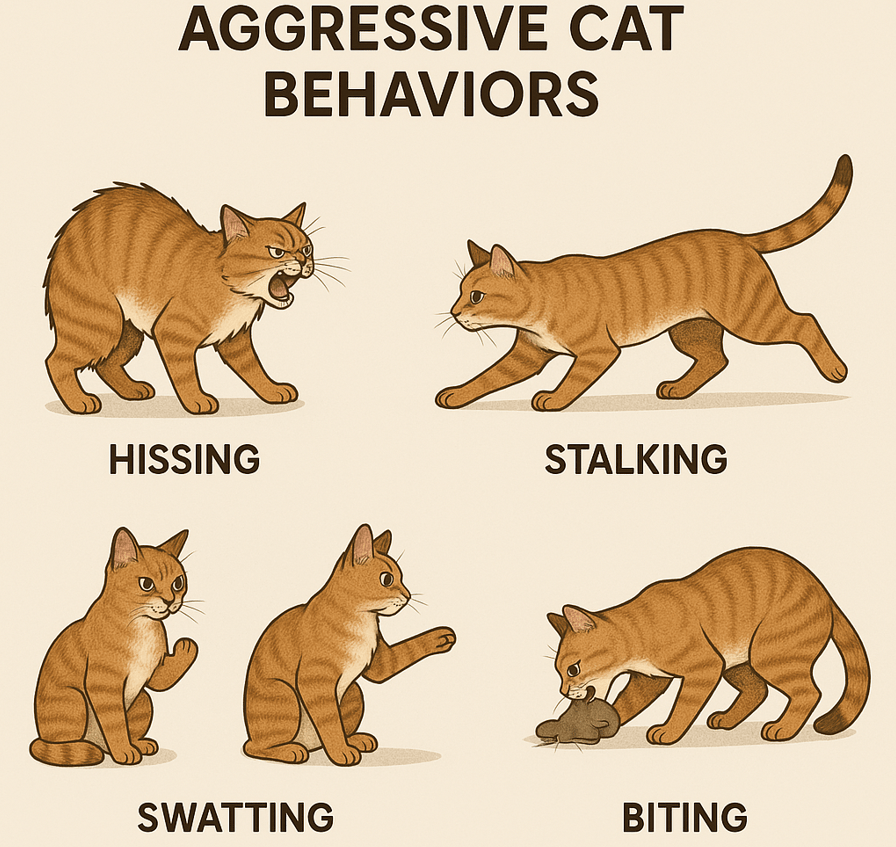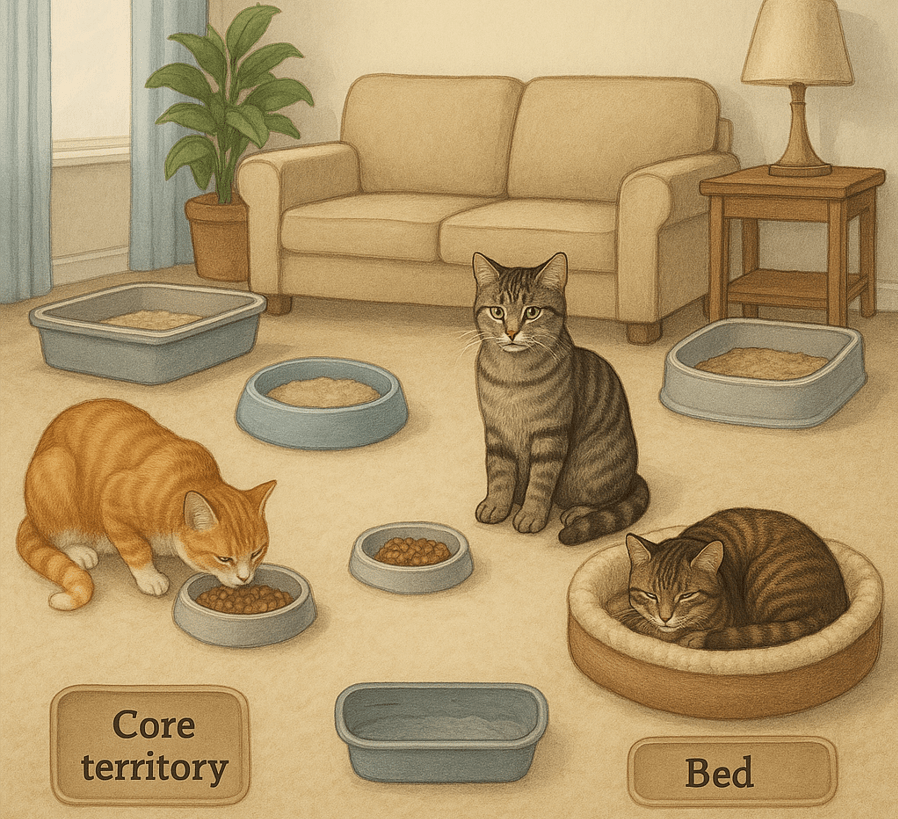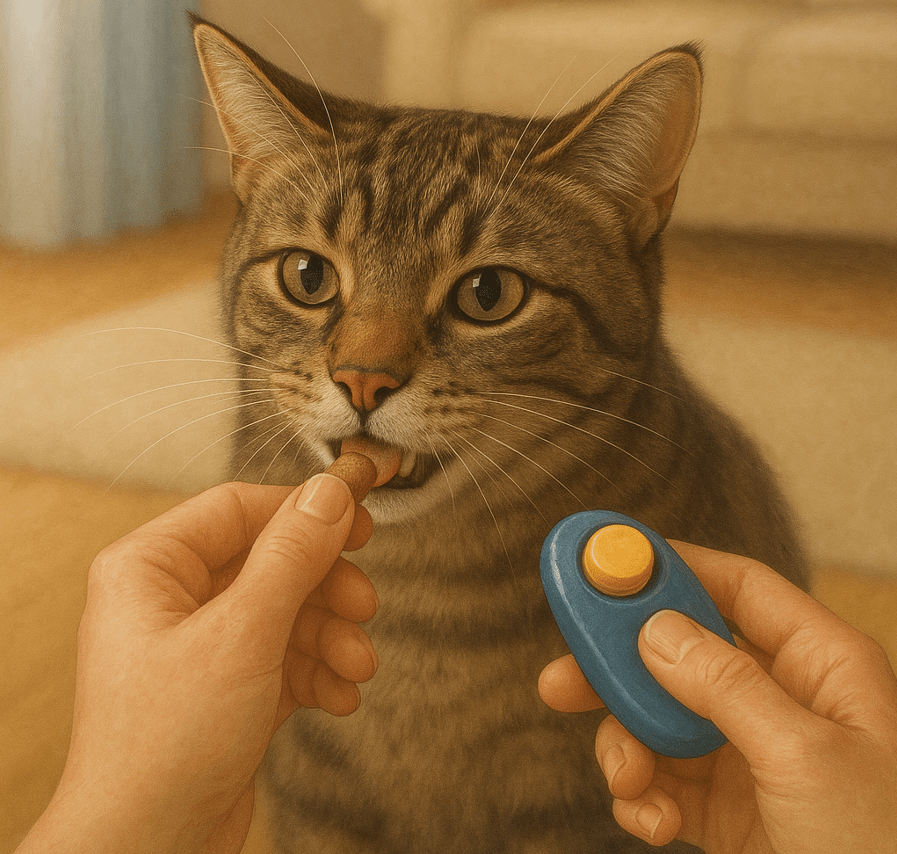
Cats are individuals with distinct personalities, so territorial acts are common among many cats, especially urine marking and aggression. Cats instinctively display their territorial nature when they perceive threats to their resources or potential mates. These instincts can come out even in gentle households, with cats feeling an urge to defend their territory from other cats, animals, or even humans. Territorial cats will often use scent marking, like spraying urine or scratching furniture, to mark their territory. Knowing the reasons for the territorial aggression in cats’ behavior is important in cat training.
To address this effectively, it is essential to identify the signals of territorial aggression, such as stalking, hissing, and growling. Social isolation, hormonal changes, and environmental stressors can all contribute to this behavior. With appropriate resources, socialization, and possibly using pheromone diffusers, cat owners can reduce territorial aggression and create a more peaceful environment for pets. In this article, you will find a wealth of background information and actionable strategies to help you address your cat’s territorial behavior and encourage positive coexistence with other pets and family members alike.
Why Are We Talking about Territorial Aggression in Cats?
Some cats don’t mind as much about their home base, while others can be quite territorial. This quirk can be problematic at times. A territorial cat may urine-mark (spray) to establish their territory or display aggression (hissing, stalking, or attacking another cat), these behaviors are instigated by a cat’s instincts. These instincts could be triggered by a desire to be the first to recognize a potential threat to their access to resources, such as food territory, or to initiate a showdown and challenge a potential mate. So, if you want to know how to handle a territorial cat and any associated cat aggression, read on. Do you understand how to stop this behavior?
Why Are Cats Territorial?
To a cat, especially a territorial one, visitors and other cats or pets may appear as intruders. This could be a new cat moving into their home or one they encounter outdoors. Forebears of today’s cats—and this remains true for feral cats—needed to muscle their way to defend their territory and food supply, as well as against other felines who may compete with them for an eventual mate. This instinct can emerge even in a home that cherishes a kitty.
Signs of aggression toward other cats

A cat is most susceptible to beginning to exhibit territorial aggression behavior when it reaches sexual maturity (6 to 12 months), when a new kitten or cat comes into the home, when they are taken to a new environment, or when strange cats are invading what they consider their territory. Signs of territorial aggression can include stalking, chasing, and ambushing a perceived intruder; hissing and swatting; biting; scratching; and growling. If territorial aggression erupts into a full-on fight, don’t try to separate the two by pulling them away from each other, as that could lead to injury. Instead, please try to distract them. But blowing a whistle or spraying them with water usually helps snap them out of fight mode.
Types of Cat Territory
There are various types of territory that cats can have, including core territory, hunting territory, and shared/common territory. Core territory is the area where your cat feels safe and secure in her environment, typically where she sleeps and in proximity to her litter box. This is the area that your cat claims her own hunting territory. In the case of domestic cats, this space could include areas where they eat and drink, as well as areas in your backyard or garden where they chase mice and birds. Red territory refers to the space your cat shares with other household members, whether humans, dogs, and other cats. These spaces are typically for viewing, mingling, and just hanging out.
Reasons for Territorial Aggression
Cats can be territorial for many diverse reasons, some of which we discuss in more depth below. However, we can summarize the reasons for feline territoriality as natural instinct, lack of socialization during kittenhood, competition in multi-cat households, and hormones. Although both male and female cats are territorial, intact cats have higher hormone levels than spayed or neutered cats. In homes with multiple cats, there is often competition for coveted resources, food in particular. Cats can also battle for prime resting spots, toys, and even a place on their owner’s lap. An unknown cat passing through your garden—worse still, an invader in your kitchen—can trigger all sorts of territorial behavior in your resident pets.
Dealing with Territorial Aggression

A territorial cat is one that considers a certain area, space, or location as hers and will defend it from intruders such as other cats, animals, or people. Territorial cats tend to stake a claim on their territory by acting aggressively and protecting their area. Not all cats are territorial, of course, and the level of that behavior differs from cat to cat. Cats being territorial has its positives and negatives. If a cat is staking a claim, that means she is feeling comfortable and secure in her environment. That territorial nature can go a long way to reducing the beef between housemates; when each kitty knows her space, she’s less likely to encroach on anyone’s (or tail!). The downside is that territorial behavior can lead to aggressive chasing, paw swatting, and even a big fight. You can have your cat desexed, provide multiple resources for each cat in multi-cat households to prevent territorial behavior, and use hormone diffusers that help to calm your kitty.
Territorial Aggression: Training and Solutions

There are several strategies you can put in place to eliminate territorial behavior in your feline friend. Spaying or neutering your cat may be a very effective way to prevent or stop territorial behavior. Cats that have not been desexed are also far more likely to wander, get into fights, and produce litters of kittens that end up in shelters. Giving each and every cat and pet in your home enough resources, including litter boxes, water bowls, food, and beds, can avoid fighting, he adds. Introducing new pets to your cat slowly and gradually can also help reduce territorial behavior. In multi-cat homes where fights erupt, pheromone diffusers like Feliway can be very helpful to calm down territorial cats. Positive reinforcement is another technique that involves rewarding your cat with treats or praise for good behavior. In the worst case, you might not be able to solve the issue through your initiatives and may need to consult a veterinarian or a professional cat behaviorist. You can also use techniques like counter-conditioning and desensitization, along with clicker training, to help modify territorial behavior. So, while it’s natural for cats to get prickly about having their territory defended and the people, they live with considered members of that territory, never punish your cat for being territorial.
Conclusion

Territorial Aggression in Cats Cat aggression is a complex behavior, as it is a naturally occurring instinct that is affected by various aspects such as socialization, hormones, and environmental changes. Knowing these factors is key in dealing with aggression between dogs. Proper socialization, spaying/neutering, providing adequate resources, and using pheromone diffusers and many other strategies may help reduce aggression. Positive reinforcement, counterconditioning, and desensitization, as well as training techniques, can also go a long way. Be Patient: Where necessary, take time to work with your pet, rather than punishing therm, to create a peaceful coexistence! With these measures, a cat can feel secure and hopefully control his instincts to be aggressive toward what is theirs. If needed, seek professional advice tailored to your cat’s individual needs.




